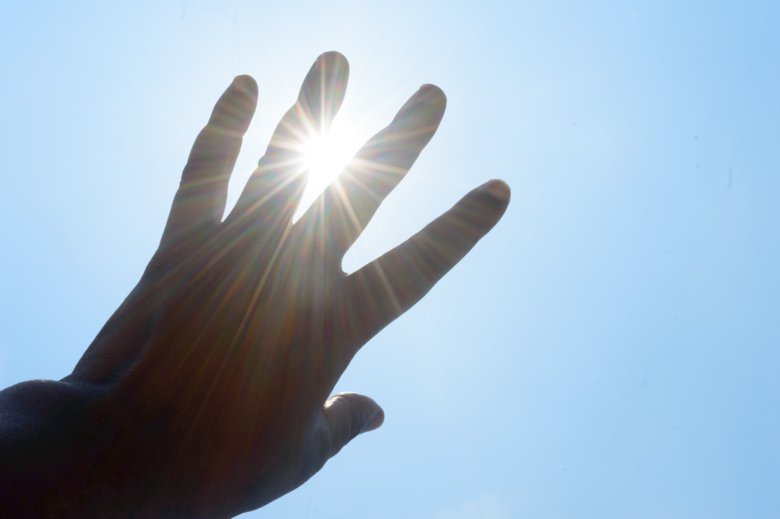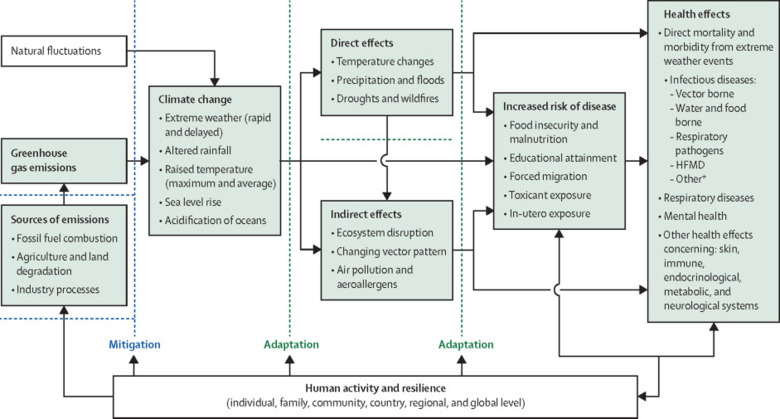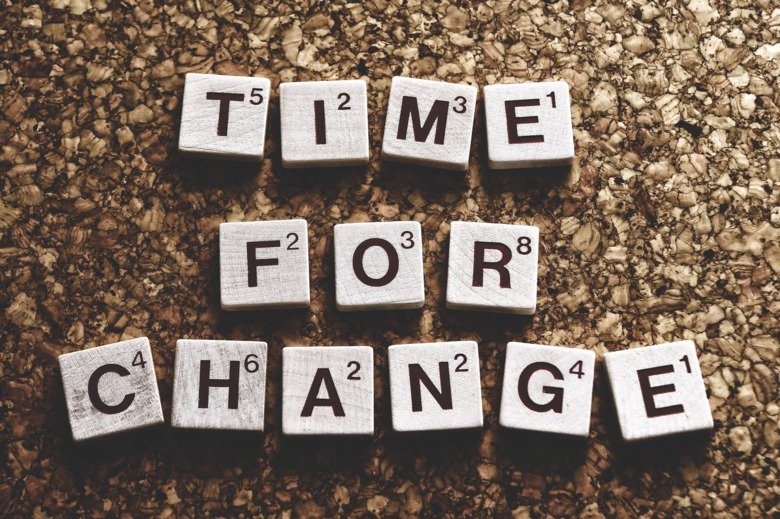Daniel Helldén: Climate change and child health- what do we know in 2023?

The world is quickly approaching a tipping point when it comes to preventing many of the devastating consequences of the climate crisis. We see the effects of it on the environment and our planet, and in recent years the discussion on the effects of climate change on human health has grown. But what do we know about the effects on children? Doctoral student Daniel Helldén, presents at the Global Child Health conference organized by University of Calgary.

Children’s Healthcare in a Changing World
In 2021, PhD student at the Department of Global Public Health Daniel Helldén and colleagues published the article Climate change and child health: a scoping review and an expanded conceptual framework. Despite the realities of climate change becoming ever present, an understanding of how climate change affects child health and wellbeing through a systematic approach with focus only on children has been lacking. Therefore, Daniel with his colleagues did a scoping review with a literature search on the impacts of climate change on child health from January 2000 to June 2019, where a total of 371 documents were analysed.
The article was picked up by Jean-François Lemay, Professor at the University of Calgary who invited Daniel to present the findings at 7th Annual Global Child Health Virtual Conference: Children’s Healthcare in a Changing World.

The effects of climate change on child health
Daniel in his presentation explained the types of direct and indirect effects climate change has on child health.
To begin with the direct effects are caused by extreme weather such as heatwaves, floods, draughts, and forest fires that are becoming more common. The effects of these types of extreme weather are among others both mortality and morbidity from heatstroke, lung and kidney disease as well infectious diseases that are becoming more prevalent especially in low- and middle-income countries.
The indirect effects that probably will cause a higher burden of disease but that are more difficult to measure include malaria, dengue fever, diarrhoea, upper and lower respiratory infections and borrelia which is particularly relevant for Sweden and Canada.
For example, Malaria associated mortality for children under the age of five could increase 10-15% over this century in sub-Sahara Africa, which was mentioned by Daniel.
Some of the other indirect effects are mortality and morbidity from a range of disease due to air pollution as well as prolonged and intensified period of aeroallergens.
Key themes
To summarize Daniel discussed some of the key themes in the article. Climate change impact is distributed unequally in the world and children already living in vulnerable socioeconomic situation are hit the hardest. There is also a difference in climate change impact between urban and rural settings.
There is also an uncertainty with directly or indirectly attributing a change in climate to a change in the disease burden affecting children. The causal relationship trying to be proven is difficult as you try to prove two different relationships or associations at the same time.
"First if climate change leads to a particular climate or extreme weather event and then if that specific change in climate or event can lead to change in health outcome among children, so it is quite a complicated relationship researchers try to assess", says Daniel.

The role of health professionals in the climate crisis
One of the conference participants described the presentation as “thought provoking” and the session concluded with discussions around the role of professionals and especially paediatricians and how to best educate children and families.
"We are all trying to make a delicate balance between being strict researchers and at the same time communicate the urgency of the crisis as it stands" says Daniel.
He continues to say that paediatricians have a vital role to be active advocates and that it is important to educate yourself and to make sure you are up to date with climate change events and the impacts.
"My personal opinion is that it’s important to be engaged in professional associations and try to pivot professional associations to ensure that we are active in discussions on climate change adaptation and mitigation and make sure a child perspective is included".
Honesty and actions
To answer one of the participant’s questions about how to educate children Daniel says that “we don’t know how to communicate with children in the best way but one of the most important things I have learnt from colleagues that have studied the area is to try to be honest and not sugar-coat what is happening. We must explain the evidence we have and simultaneously inform on what we are trying to do to change the situation. So be honest but say what actions that can be taken”.
The 7th Annual Global Child Health Virtual Conference: Children’s Healthcare in a Changing World took place December 11 online.
